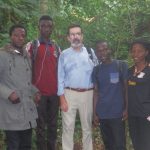I have not made an update to this web page in a long time. I was recently asked about feeding granulated sugar to honey bees as an emergency feeding method. This brought to mind this article which I wrote long ago, but apparently never posted to this web page. I believe this past was written in late March, so keep that in mind. I consider feeding of sugar syrup much past November as an act of desperation, “I might as well, or they will starve anyway”. In winter there are alternatives.
Sugar or winter patties
This is a follow-up to my post on February 23rd concerning emergency winter, or early spring, feeding as a result of a question from a beekeeper asking how I make my patties. Which in the post I refer to as both sugar patties, and winter patties. I call them sugar patties because they are mostly sugar, with minimum moisture.
The reference as ‘winter patties’ is because some of the beekeeping supply companies make a similar product, and market them as ‘winter’ patties. So I don’t make them, but purchase them. They keep well, I store them in a plastic storage container with a tight fitting lid, which is convenient for both storage, and moving them around. The main point to keep in mind about this type of patty is that they are mostly sugar, and there use in the winter, or early spring is to head off starvation. One could feed what I call thick sugar syrup this time of year, containing two, or even three, parts sugar to one part water, but the issue with this solution in winter is moisture.
I saw visible evidence of this problem years ago when feeding a two frame observation hive that sat in my library, and had completely depleted its food (honey) reserves. I mixed up a quart of two parts sugar to one part water, which is likely similar to putting a gallon of syrup on a hive, and put the jar in the observation hive’s feeding port. The bees quickly sucked down all the syrup, and filled most of the empty cells in the comb of the frames. However, within an hour I could not see the comb due to the water condensation on the glass of the hive. This told me that something similar goes on inside our hives when we feed even thick syrup in the winter. And wet cold is worse than dry cold for any living organism. Ever since then I have looked for alternatives to syrup in this situation.
Of course I have also always said that if you think your bees are going to starve to death, any action is preferable to letting them starve, but there are better alternatives to syrup in the winter, and beekeepers have known this for a long time. Making ‘bee candy’, or fondant is an old method for winter feeding, and even just putting dry sugar on the inner cover is a quick emergency winter feeding method.
Beekeepers have come up with other sugar, low water recipes as well, such as a friend’s ‘sugar mush’ formulation. I am not sure when the supply companies started making ‘winter patties’, but I think them a more convenient alternative to making my own. Though these commercially made patties do contain a small amount of protein supplement, it is a very small amount (perhaps 3%), and not enough to stimulate brood production. Protein patties by comparison contain close to 20% protein. Some sources of winter patties are Dadant & Sons, Mann Lake, and Blue Sky Bee Supply. Other supplies may offer them as well, just put ‘winter patties’, and the name of your bee supply in a search engine to find out.
The patties can easily be cut in half with your hive tool if you wish to offer the hive less, or if you are unsure if they need extra sugar. They are wrapped in wax paper which the bees quickly eat through, but I score the patties with my hive tool as I place them into the hive. I place them on the top bars of the upper box, and then place the inner cover back on in the upside down position, this gives the bees plenty of space to go at the patty from the top and bottom. It also makes it easy to check and see if the patty has been consumed.

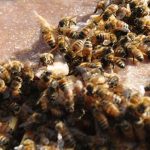

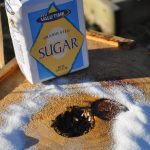
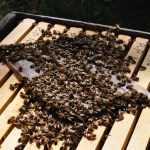
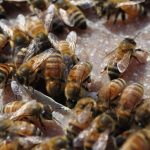


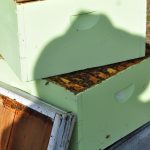

![20160826_172931[1]](http://philcrafthivecraft.com/wp-content/uploads/2016/08/20160826_1729311-e1472451994588-150x150.jpg)
